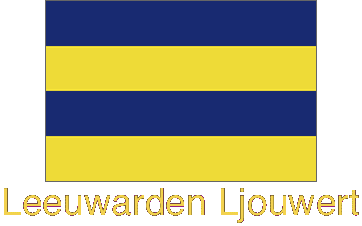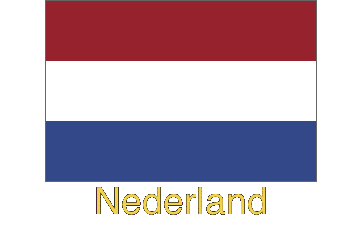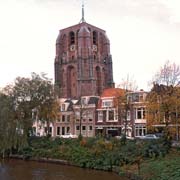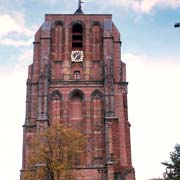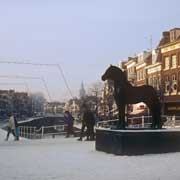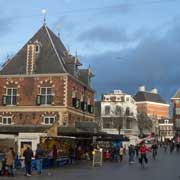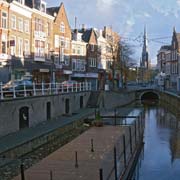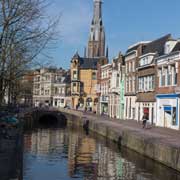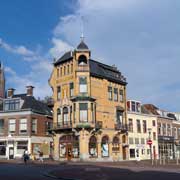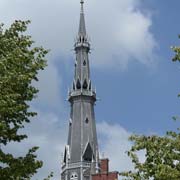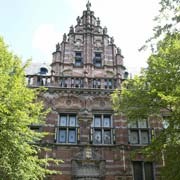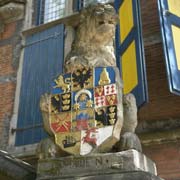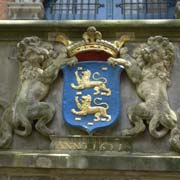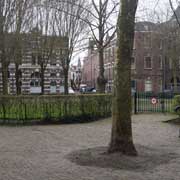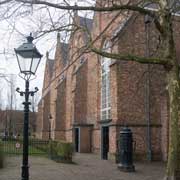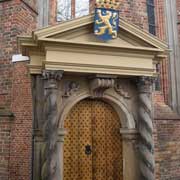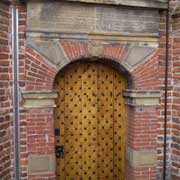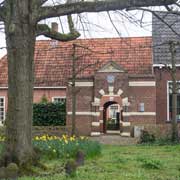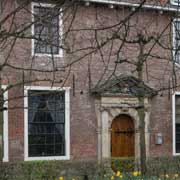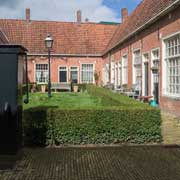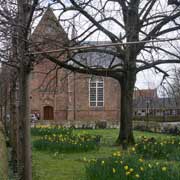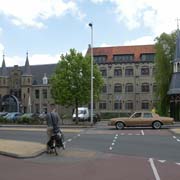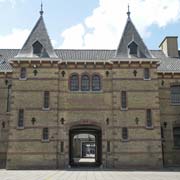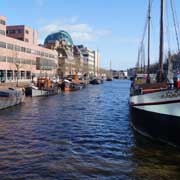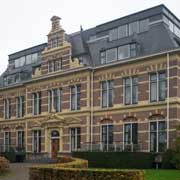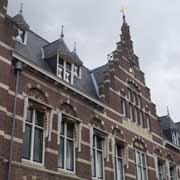Photos of Leeuwarden, the Capital of Friesland, the Netherlands
Leeuwarden, the Capital of Friesland
Leeuwarden (Ljouwert in Frisian), once a village built on "terpen", artificial mounds along the Middelzee, the now vanished inland sea, has grown into an important city and commercial centre of around 97,000 inhabitants. The site has been occupied since at least the 10th century, and probably even far before that: remains of houses dating back to the 2nd century CE have been discovered.
you may then send it as a postcard if you wish.
Leeuwarden is traversed by picturesque canals, like in Nieuwestad and Voorstreek, and the original city canal that encloses the old city centre. One of the most impressive buildings is the "Kanselarij" (the former chancellery), built during the Renaissance, between 1566 and 1571; it functioned as the Court of Friesland from 1571 to 1811 and now houses the Frisian Museum and the Museum of Resistance. Other important buildings in the centre are the Waag (the old trade centre) and the church of St. Bonifatius with its tall spire. Probably the most iconic sight is the leaning tower Oldehove, an unfinished church tower. Construction of the late Gothic tower started in 1529, but was halted in 1532 when it was clear it was sagging too much to be safe to continue. It actually leans more than Italy's Tower of Pisa.
Leeuwarden hosts the largest cattle market in the country and is also famous as the starting and finishing point for the "Elfstedentocht", a 200 kilometres speed skating race passing all of the 11 Frisian cities, along canals, rivers and across lakes, that is held when winter conditions in the province allow it to take place, nowadays, with global warming, becoming a rarity.
